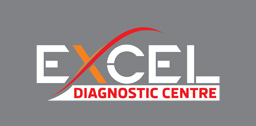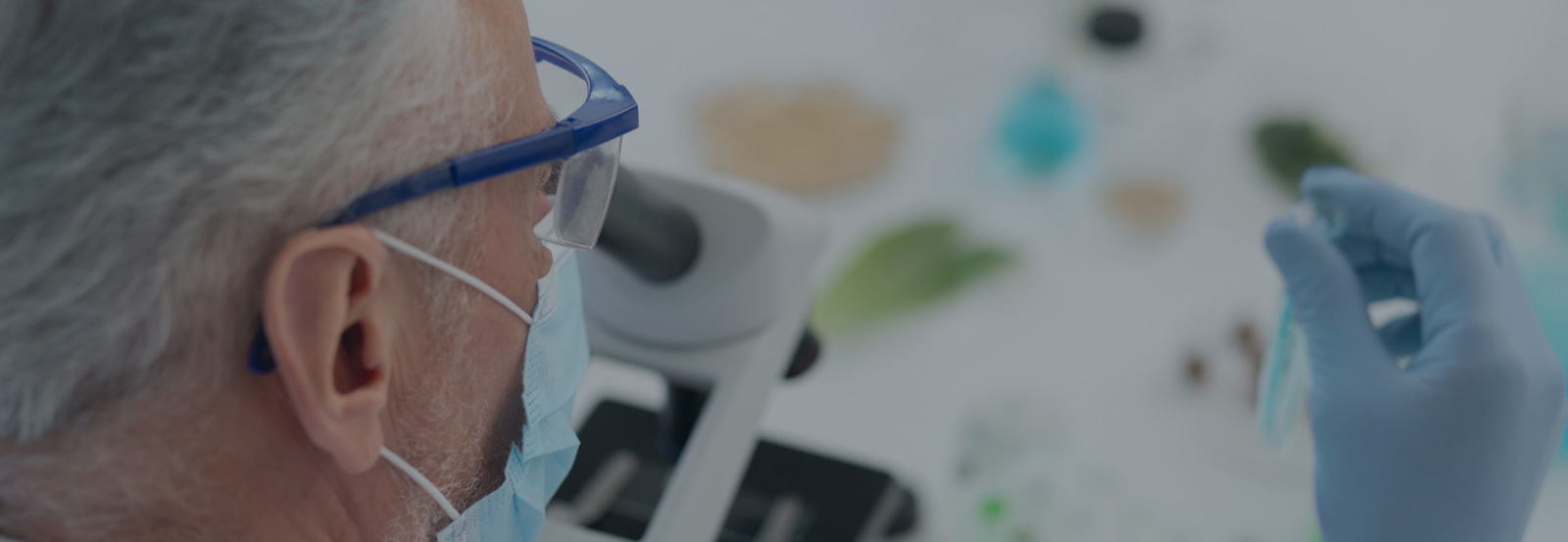Demystifying Radiology: Exploring the Role of Imaging in Medical Diagnosis
Radiology is a vital branch of medical science that utilizes various imaging techniques to visualize internal structures of the body for diagnostic purposes. This field plays a crucial role in modern healthcare by providing valuable insights into a wide range of medical conditions. Let’s delve into the world of radiology and understand its significance in medical diagnosis.
What is Radiology?
Radiology encompasses the use of imaging technologies such as X-rays, ultrasound, computed tomography (CT), magnetic resonance imaging (MRI), and nuclear medicine to obtain detailed images of the body’s organs, tissues, and bones. These imaging modalities allow healthcare professionals to visualize anatomical structures, identify abnormalities, and diagnose diseases with precision.
Role of Radiology in Medical Diagnosis
- Detection of Structural Abnormalities: Radiology plays a pivotal role in detecting structural abnormalities or lesions within the body. X-rays, CT scans, and MRI scans can reveal fractures, tumors, cysts, or other pathological changes in bones, organs, and soft tissues.
- Diagnosis and Staging of Diseases: Radiological imaging aids in diagnosing and staging various diseases. For example, CT and MRI scans are instrumental in assessing the extent of cancer spread, evaluating organ function, and determining treatment approaches.
- Guidance for Interventional Procedures: Radiology provides real-time guidance for minimally invasive procedures such as biopsies, needle aspirations, and catheter placements. Imaging techniques like ultrasound and fluoroscopy help physicians navigate instruments precisely to target specific areas within the body.
- Monitoring Treatment Response: Radiological imaging is used to monitor the response of tumors and other conditions to treatments such as chemotherapy, radiation therapy, or surgery. Changes in tumor size or characteristics seen on follow-up scans can guide treatment adjustments.
Common Radiological Techniques
- X-rays: Traditional X-rays use ionizing radiation to produce images of bones and tissues, useful for diagnosing fractures, lung infections, and joint conditions.
- CT (Computed Tomography): CT scans provide detailed cross-sectional images of the body, helpful for diagnosing conditions like strokes, pulmonary embolism, and abdominal diseases.
- MRI (Magnetic Resonance Imaging): MRI uses strong magnetic fields and radio waves to create detailed images of soft tissues, nerves, and blood vessels, ideal for assessing brain, spinal cord, and musculoskeletal disorders.
- Ultrasound: Ultrasound uses high-frequency sound waves to generate real-time images, useful for evaluating pregnancies, abdominal organs, and cardiovascular conditions.
Conclusion
In summary, radiology is an indispensable tool in modern medicine, allowing healthcare providers to visualize and diagnose a wide range of medical conditions accurately. By leveraging advanced imaging technologies, radiologists and clinicians can collaborate to provide optimal patient care, from early disease detection to treatment planning and monitoring. Demystifying radiology highlights its pivotal role in medical diagnosis and underscores its importance in improving patient outcomes.
If you have any concerns or questions about radiological procedures or their role in your healthcare, don’t hesitate to discuss them with your healthcare provider. Understanding the significance of radiology empowers individuals to appreciate the value of diagnostic imaging in maintaining health and well-being.






